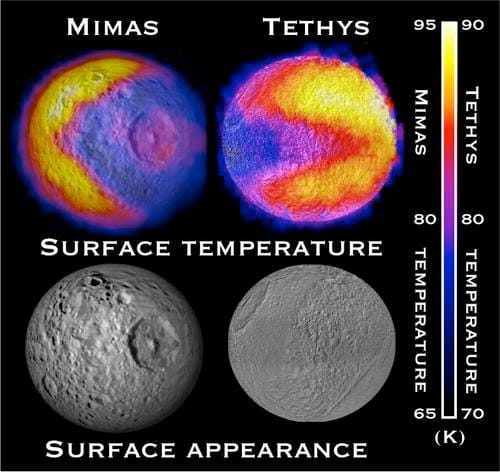Big Brother... On Mars?
Reality TV fan? Edward Bals on the potential Mars One TV show

Mars One is a not-for-profit organisation planning to use money donated from sponsors and that generated from a reality TV show ‘media storm’ to fund a project that will put a human habitat on Mars in 2023. In the first half of this year the application process will open to applications for their astronaut training program, which itself will be filmed and broadcast as part of the TV show. Mars One claim to have already received over 1000 emails expressing interest in signing up for the project, regardless of the catch: the trip to Mars will be one way.
With the goal of reducing the costs of funding such a project the outgoing astronauts will live and die on Mars. The organisation has not ruled out the possibility that a return trip may become feasible at some point in the future, but for the moment the trip remains one way. This means that the habitats on Mars will have to be self-sustaining, with planned hydroponic farming and water and oxygen extraction from the soil being essential for the astronauts’ survival.
The habitats, components, and other essentials for the settlement will be transported and set up in various stages, with the majority of preparations taking place before the astronauts reach Mars. The organisation will send a communications satellite, necessary for beaming the live feeds of the habitat back to Earth for the television show, whilst also allowing communication between the settlers and people back on Earth. Shipments and rovers will also be sent over, with the rovers finding the best place for habitation, then moving the supplies there and setting up the base of the human settlement, ready for the astronauts.
Once the astronauts arrive they will have to make some final adjustments to the habitat, maybe dust off some solar cells and then they will be ready to move in and be watched by the world. Some components and supplies will arrive on Mars shortly after the arrival of the astronauts and, after this initial batch, new astronauts, supplies and components will arrive every two years, expanding the habitat further.
All of this process will be televised 24/7/365, from the astronaut training program to a live-feed from the rovers on Mars; even the historic moment of the first person to set foot on Mars will be captured for the viewing public. As befits a reality TV show public interaction will also play a part in the show, with the public being able to choose which team of 4 will be the first to be sent to Mars. That is, if the project ever gets there.
There are many dangers that will be faced by a project such as this. There could be any number of technical problems that simply couldn’t be fixed by a normal person, or even disasters that could kill all of the crew. There’s also a danger that funds could dry up if the project’s media storm didn’t sustain momentum, leaving the astronauts abandoned on Mars.
The website for the project addresses some of these issues, such as the plan to cover the habitats on Mars with soil, reducing radiation received by the people whilst on Mars. The shielding of the main capsule of the spacecraft for periods of violent solar activity is another plan to reduce the risk to the astronauts from radiation. This gives me hope that the project team have at least some idea of the dangers and that the project could actually achieve its goal.
The project, if successful, would be a testament to human ingenuity, paving the way for likeminded projects, and who knows what projects like these could end up achieving. Maybe one of them will even manage to solve some of our problems down here on Earth.









